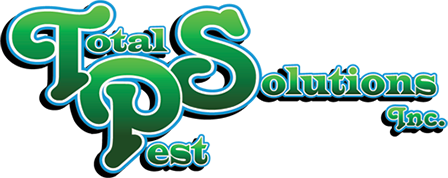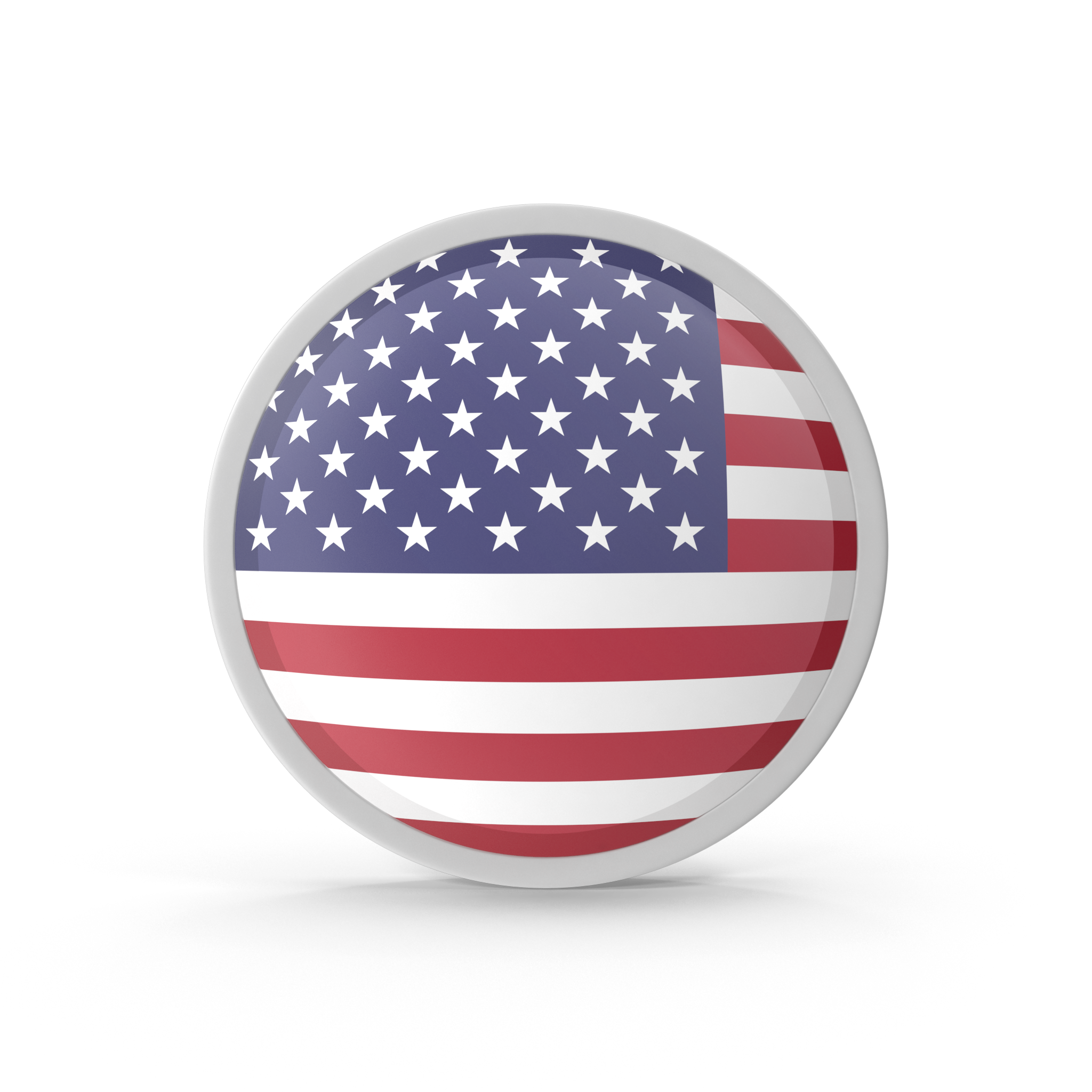
Termite Prevention
In the spring and summer in the Sunshine State, the days are longer, weather is often beautiful, and it’s an ideal time to be outdoors. Unfortunately though for homeowners concerned about termite infestations (and their costly consequences), this also means that home inspections for termite prevention conducted during these months will likely expose potential problems with your property.
The extent of damage caused by termites in the United States is staggering: each year, these insects destroy crops and structures worth $20 billion. If you discover that your home has been invaded by termites, the cost to repair their destruction could reach as high as $3,000.
If you want to avoid termite infestations and the damage they cause, it’s best not to wait until a problem arises before taking action.
Kill Termites Before They Kill Your House
Termites need three things to survive: wood, water and soil. By eliminating these sources from your home you can reduce the risk of termites infesting it.
- Water: Termites require water in order to survive. They get it from the rain, puddles and leaking pipes alike.
- Wood: Because termites feast on cellulose, they seek out wood, which is their primary food source. Paper or other similar products might also be targeted by an infestation.
- Soil: Termites build their colonies in soil and make mud tubes that lead to the surface from these underground nest sites.
Keep wood stored away from home
Keeping woodpiles close to your home for easy access is not a good idea because the wood attracts termites, which will then bring those pests directly into your house. The National Pest Association recommends that you keep firewood and sawdust off the ground, at least 20 feet from your home—and also consider using treated lumber for structures close to the ground.
Use rubber mulch
Termites are attracted to mulch because it feeds nutrients into the soil, keeping moisture levels high. Rubber mulch—sold by home improvement stores—is less attractive to termites and is safer for use around your house’s foundation than regular wood-based varieties.
Trim your trees and bushes
Termites and other insects use leaves and limbs as pathways to your house. Mow your lawn and maintain trees and bushes regularly to stop termites from reaching your house and creating a colony.
Seal crevices and cracks
Termites can enter your home through cracks in its foundation and open crawl spaces. Sealing these entry points well and covering crawl spaces with plastic sheeting will keep them out.
Remove sources of water for termite prevention
Get rid of sources of water, such as leaves and twigs blocking gutters, by regularly cleaning them out. Repair any leaks that you find indoors or outdoors as soon as possible. Reduce humidity in your attic or crawl space by ventilating it on a regular basis
Conclusion for Termite Prevention
The fact is, if you take all of these precautions and still have termites in your home, it’s most likely because you haven’t called the professionals. Total Pest Solutions offers a low-chemical bait approach to termite control. We offer three services to help you rid your home of termites, or protect it so they never come back: detection (identifying infestations), elimination (killing the bugs and their eggs) and prevention.
So if you want to start with termite prevention to keep them from coming into your home, we can help.
continue reading
Related Posts
Davenport’s Spider Invasion: Managing Winter Web Builders As the temperature
Holiday Pest-Free Homes in Winter Haven: Avoiding Cargo Pests As
Auburndale’s Mole Cricket Damage: Repairing Turf Before Frost As the






